Reviving Extinct Species
Using frozen DNA, researchers have created early-stage embryos of an extinct frog.

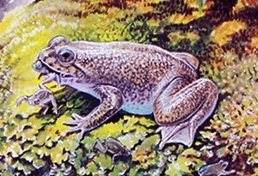
Using frozen DNA, researchers have created early-stage embryos of an extinct frog.
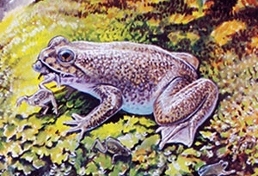
LESSONS FROM THE DEAD - Scientists attempt to bring back an extinct frog. Mummies showing signs of heart disease make researchers rethink assumptions about lifestyle and diet. The mysterious death zone within African "fairy circles" explained. Also: a miniature laboratory under the skin monitors blood chemistry.
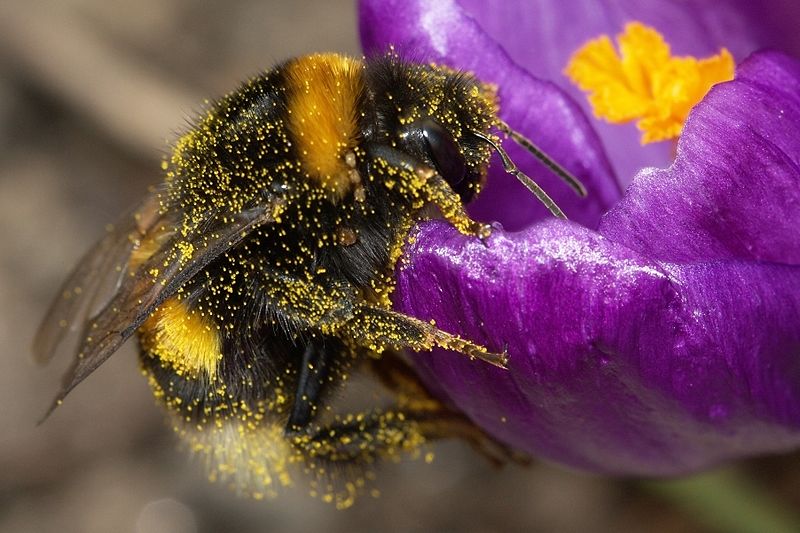
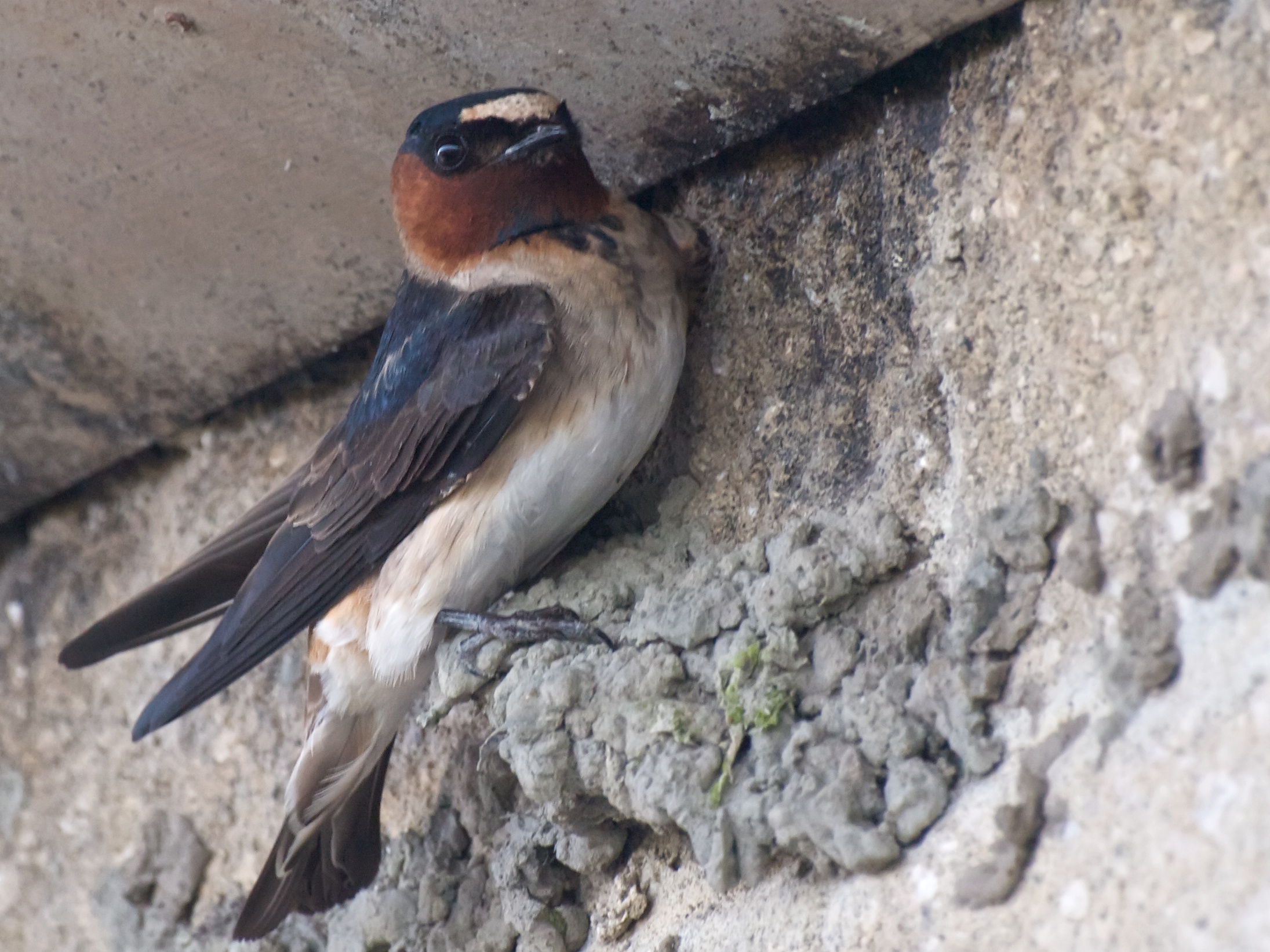
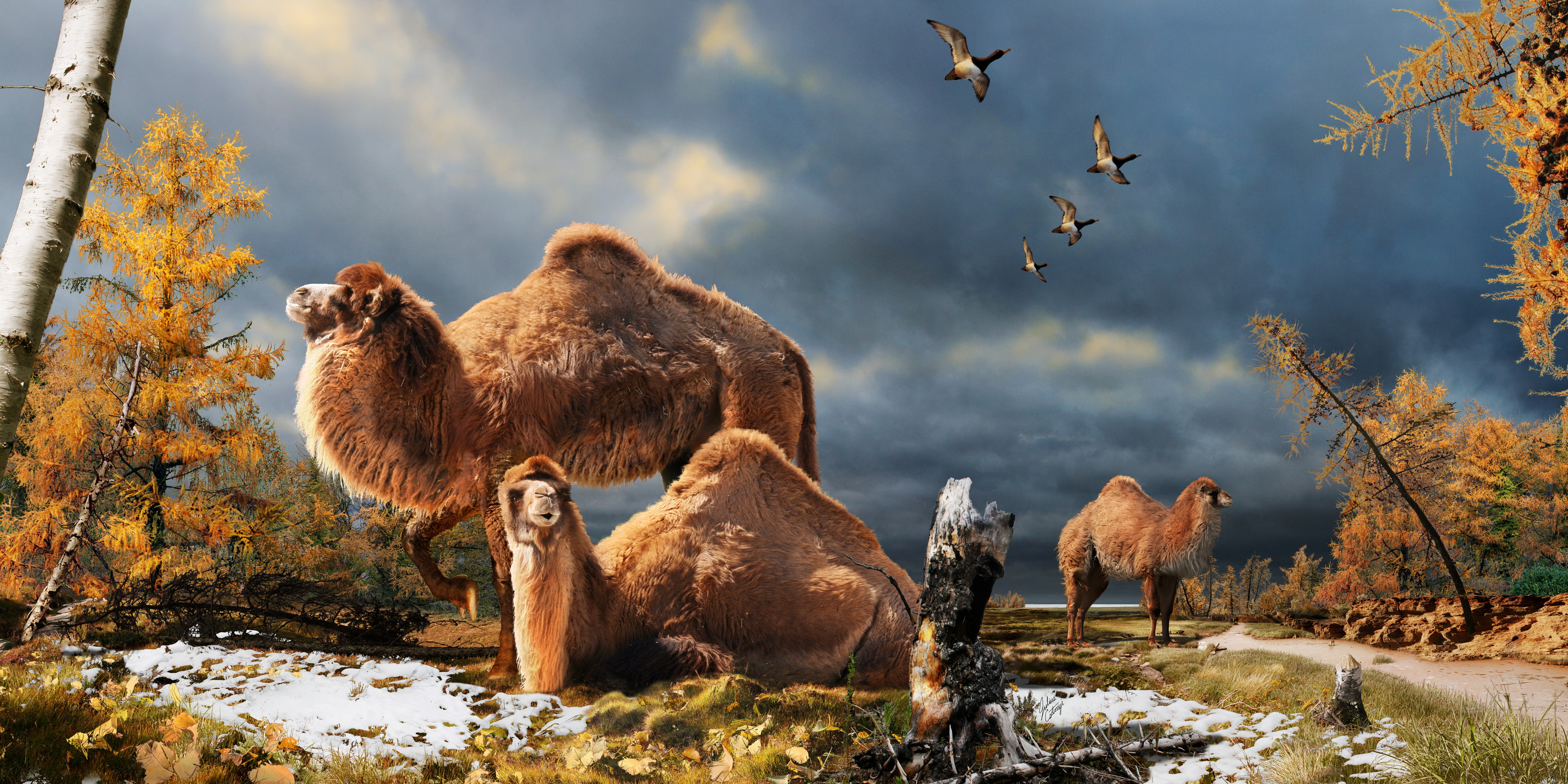
Camels seem perfectly suited to life in the desert, but they may have evolved those traits in the high Arctic.
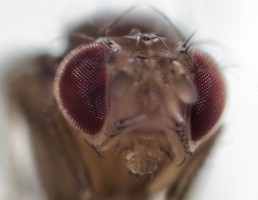
INSECTS & ALCOHOL - Insects that arm their offspring with alcohol. Drinking may have a 10 million year history. And the importance of wild insects to the worldwide food supply. Also: prosthetic ears from a 3-D printer and seals that sleep with one eye open.
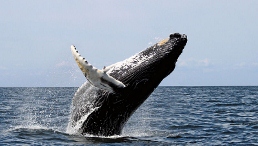
SWEET SCIENCE - What tomatoes can tell us about cutting back on sugar and a diabetes cure for dogs. Also, behind the mechanics of beatboxing, the evolution of whales, and writing your way to a better relationship.

Chimpanzees in captivity sometimes suffer from simian versions of psychiatric disorders.
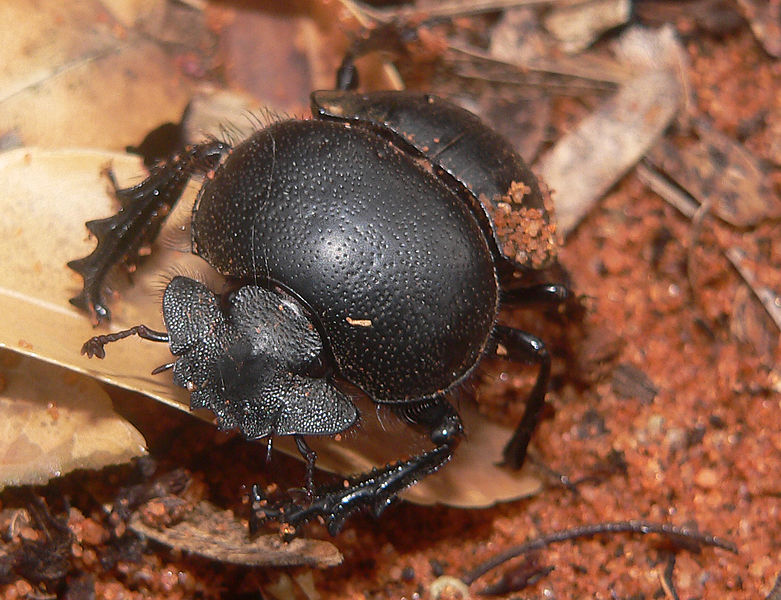

Some dinosaurs may have used feathers to show off, much like some modern birds.
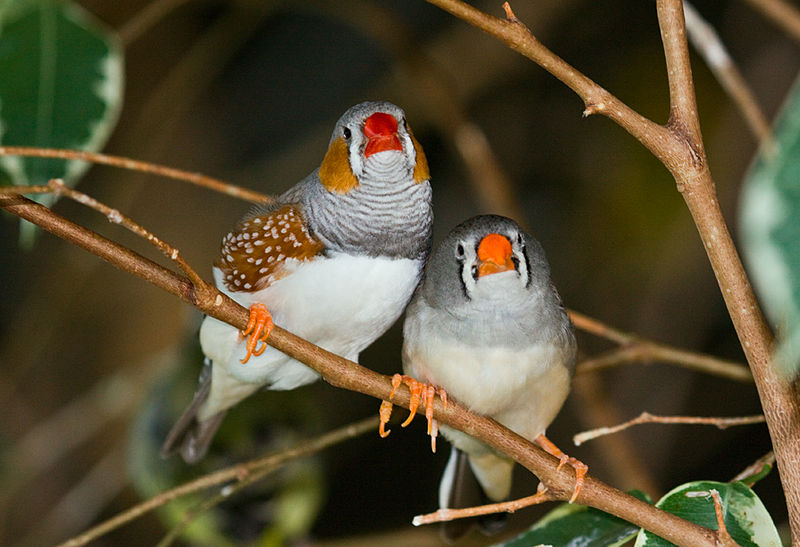
Female songbirds sometimes have a hard time separating truly worthy male crooners from the fly-by-night wannabees.
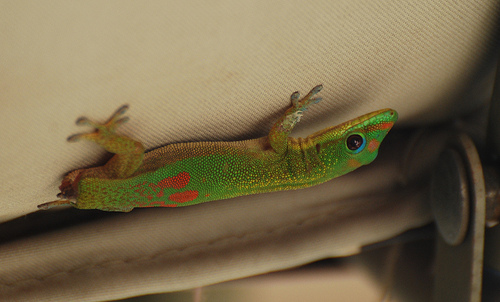
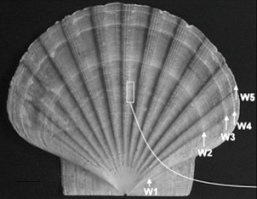
Scientists can assess the health of marine ecosystems by recording the coughing sounds made by scallops.
An Australian bird thwarts nest invaders by requiring its young to sing a secret call to get fed.
A meltdown of Arctic ice may have triggered the last deep freeze in the Northern Hemisphere.
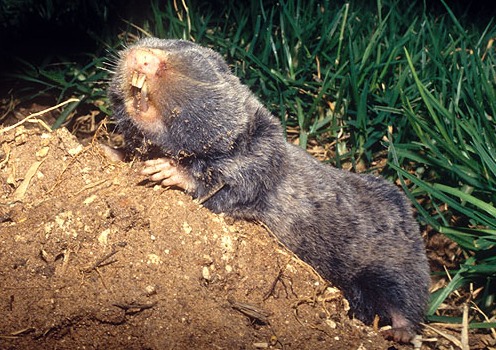


BIRDS, BUTTERFLIES & BEETLES - How radar helped solve a migration mystery, why malaria could be heading north, and how dung beetles cool themselves off. Also: a 21st century technology that's helping archaeologists crack an ancient code.
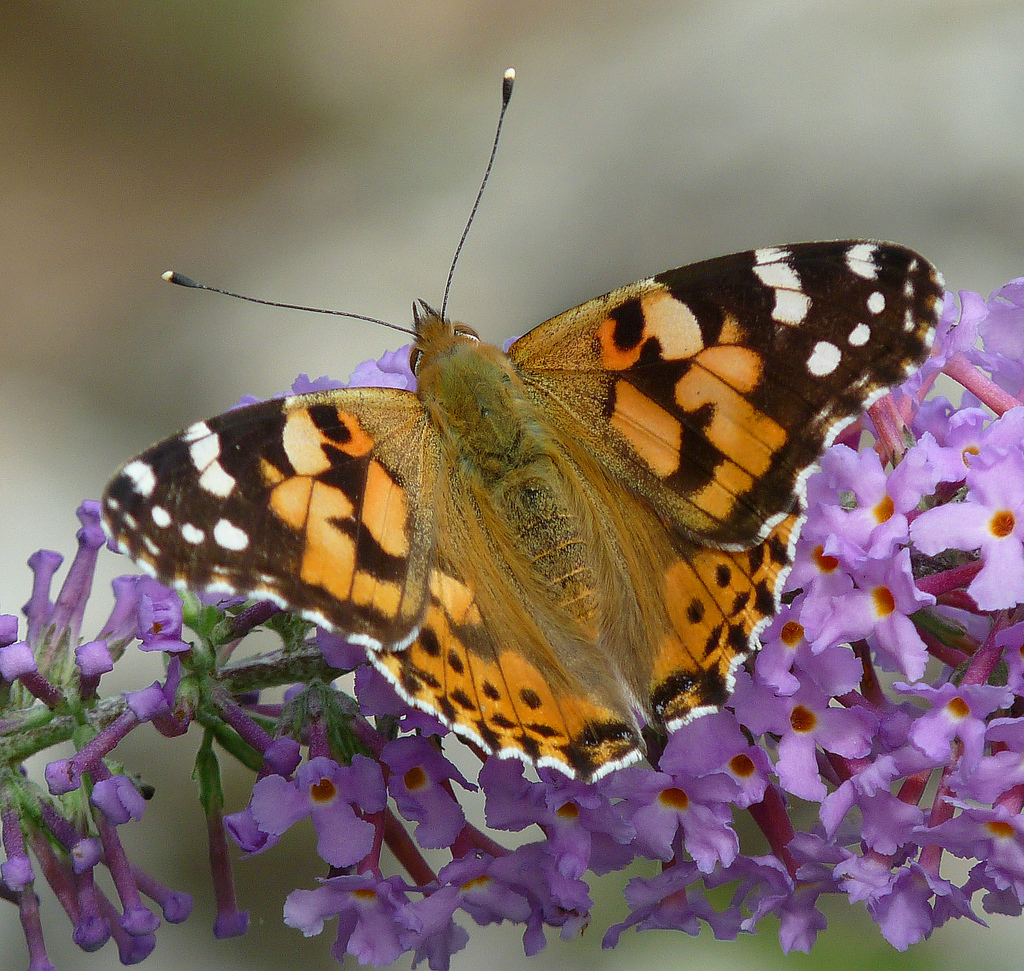
Radar data, along with highly coordinated observations, has solved a disappearing-butterfly mystery.
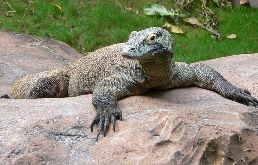
SURVIVAL - Why female Komodo dragons die young, a whale that sounded like a person, and algae that flee their predators. Also: how the brain's insulation differs between us and chimpanzees, and why that insulation is so important to social development.
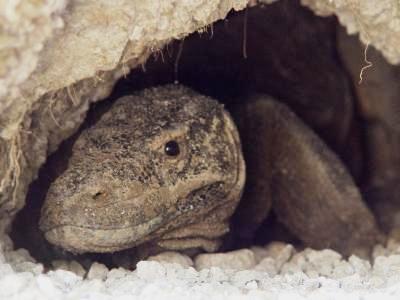
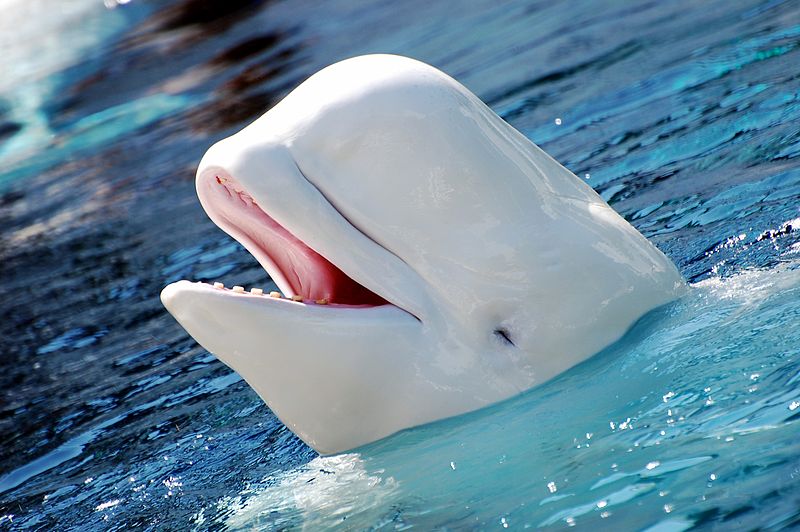
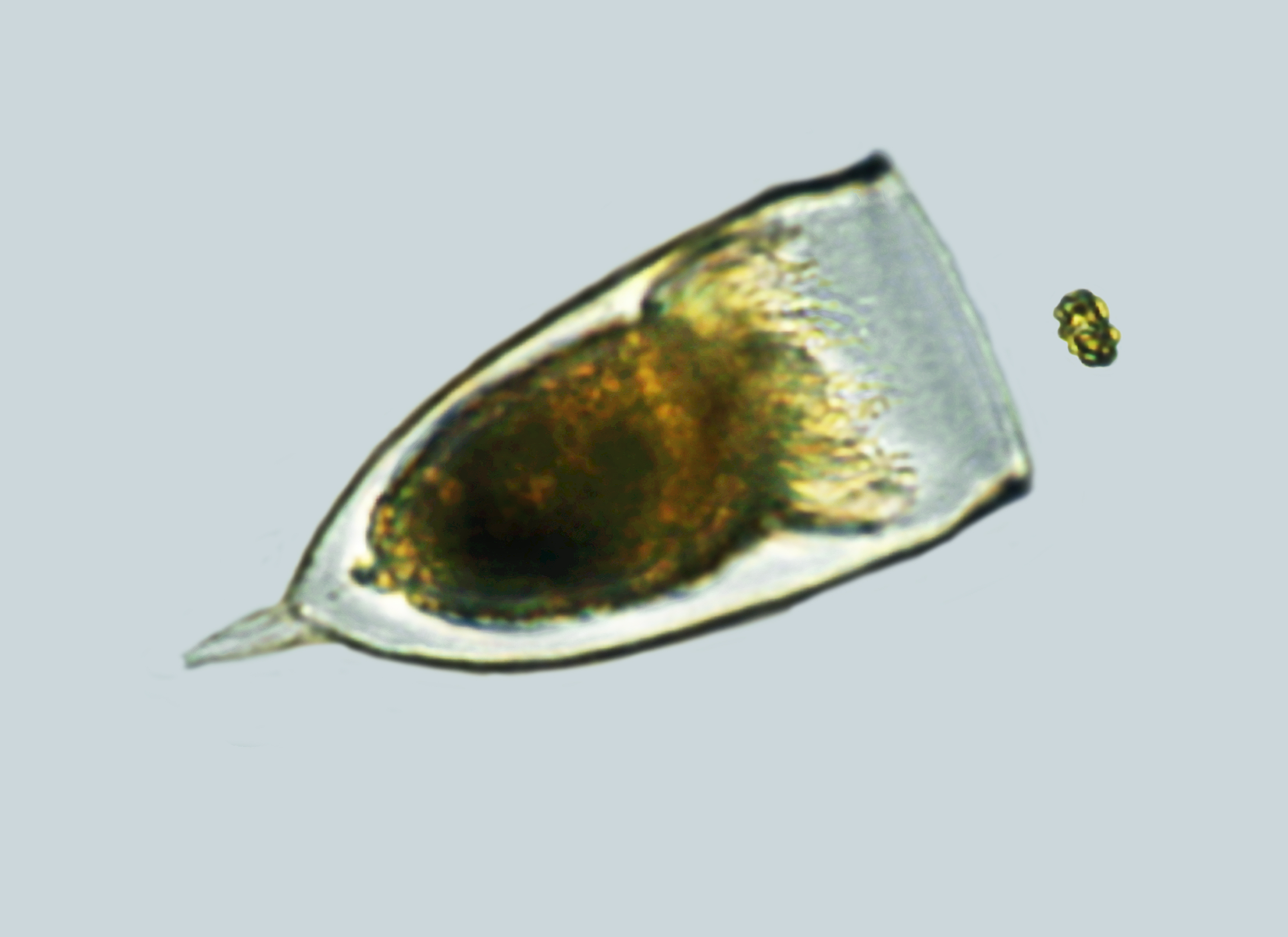
Scientists report that plant-like organisms called phytoplankton flee their predators just like animals do.
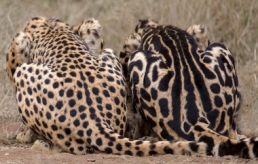
ANIMAL GENES & BEHAVIOR - The genes responsible for cat coat patterns, why male killer whales are momma's boys, what's behind the hummingbird's aerial acrobatics, and how epigenetics explains honeybee castes.
